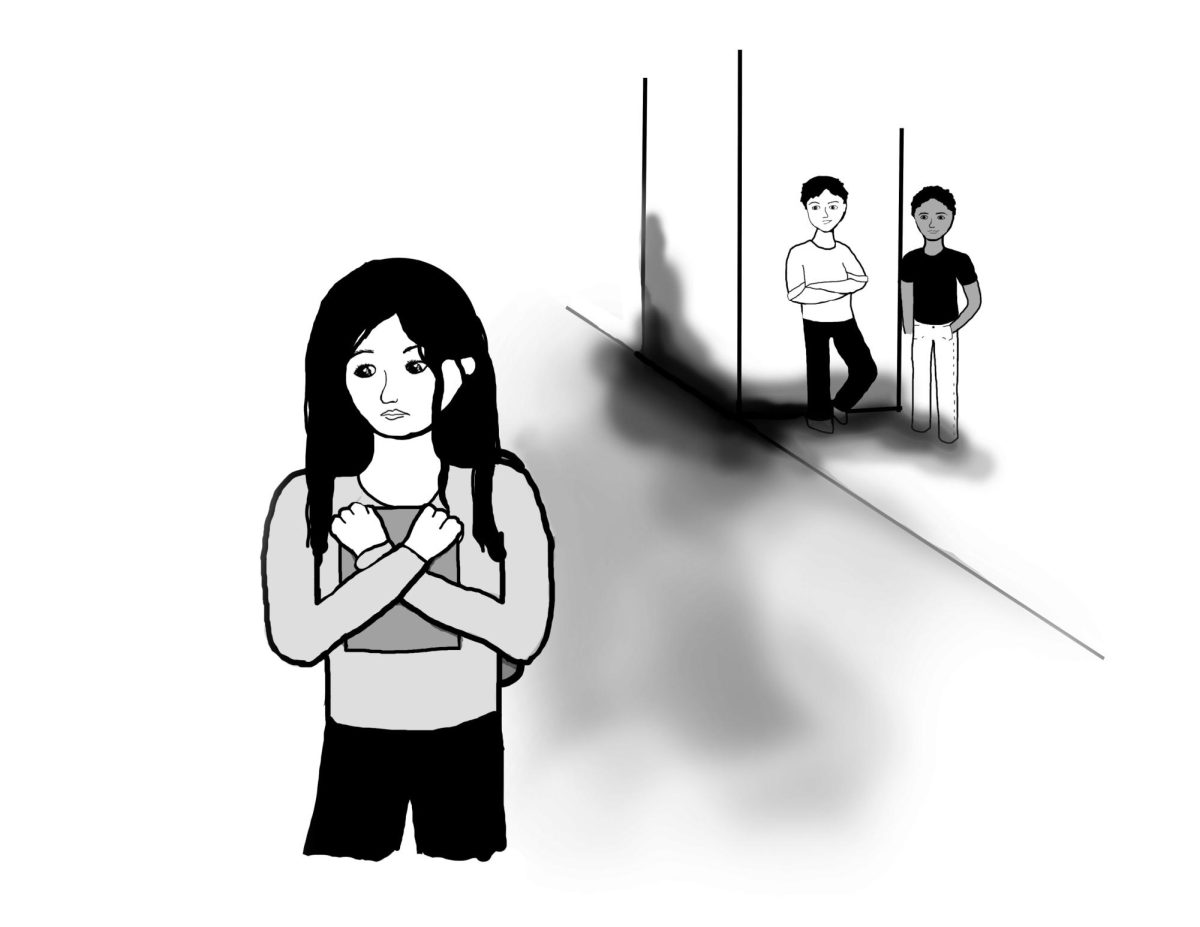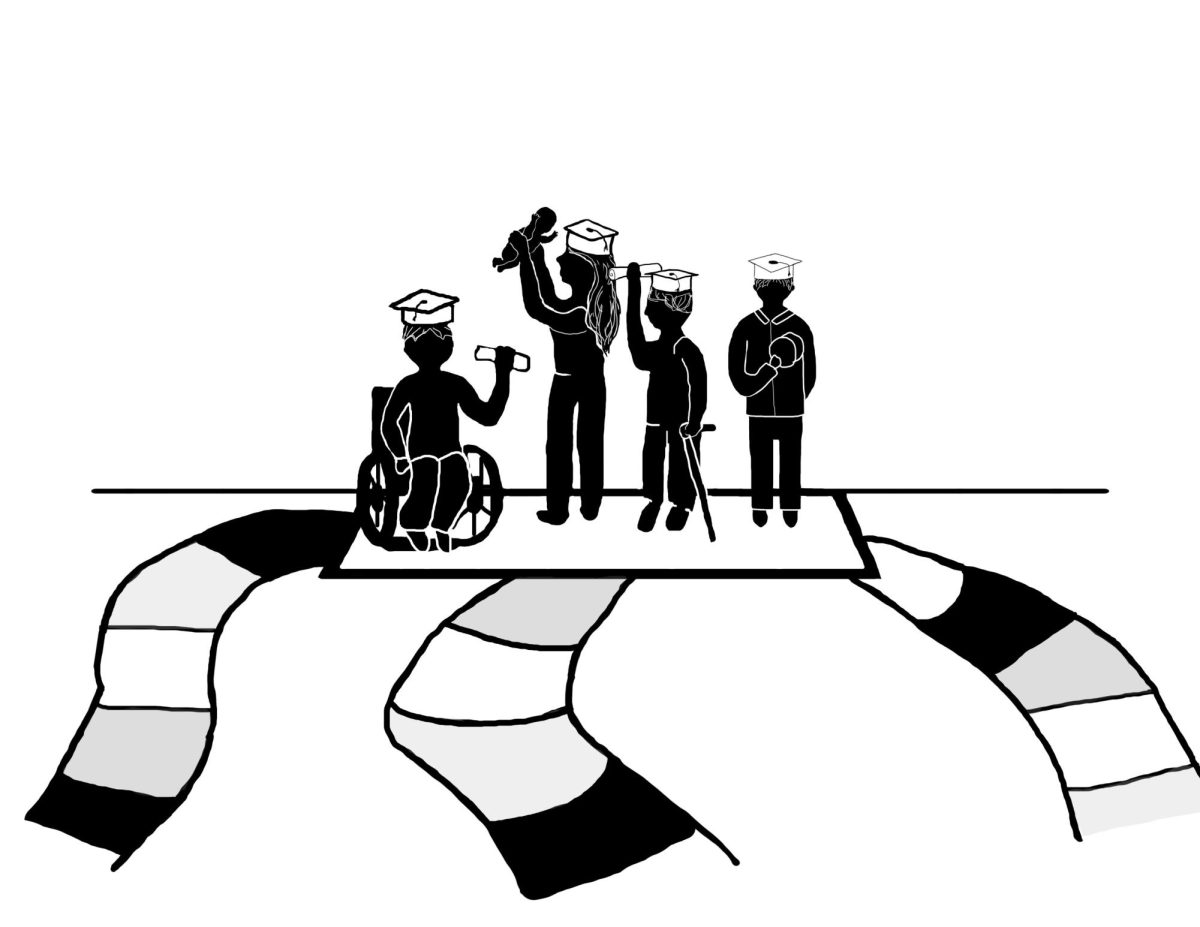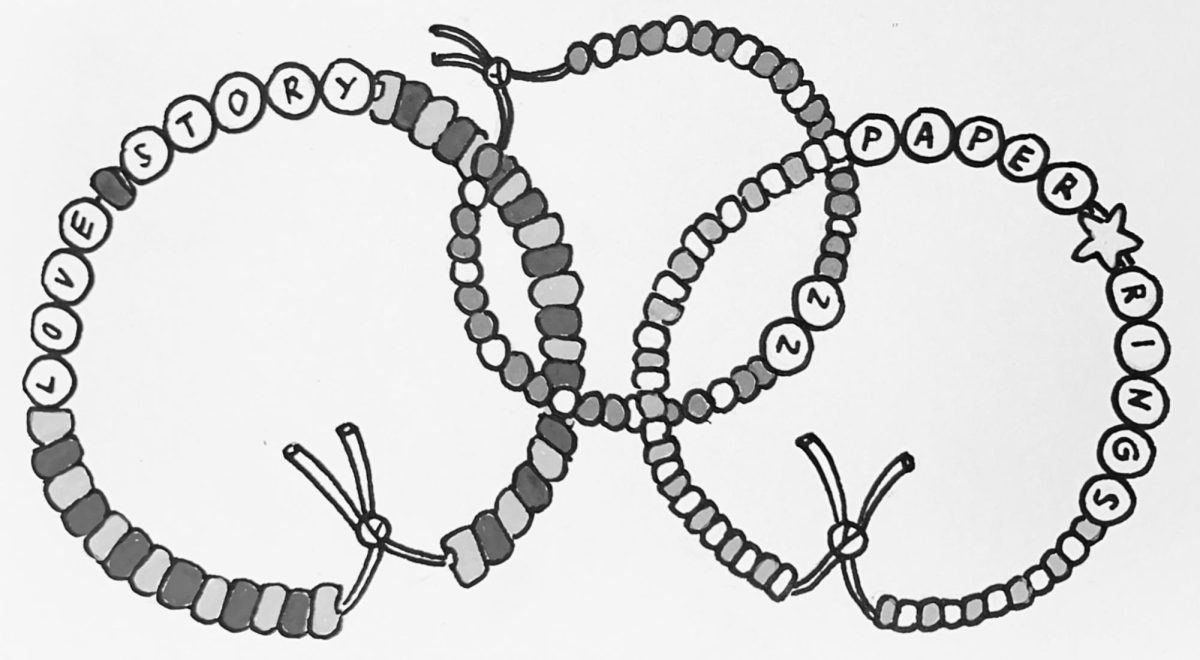This spring, Whitman welcomed one first-time student and six transfers, a decrease from the 12 students admitted at the start of last spring. Though the number of admitted students in the spring may vary wildly from year to year, admission officers say that the criteria for admission remain the same.
“Most [Jan-starts] are transfers, but there’s always a portion who are first-years,” said Dean of Admission and Financial Aid Tony Cabasco in an email.
The process of admission for Jan-starts is similar to the regular admission process. First-years apply to be admitted in the fall, but some are wait-listed in the fall or simply offered spring admission instead of fall admission.
“We offer the spring start for some [first-years if] that’s a preferable time,” said Director of Admission Adam Miller. “In some cases, we have really compelling students, [but] because we’re a pretty selective school, we are not able to offer admission for the fall. It’s a smaller group that applies for spring, [but] nothing changes.”
Whitman’s ability to offer spring admission is due to its historical pattern of having more upperclassmen study abroad in the spring semester than in the fall semester. According to Director of Off-Campus Studies Susan Holme, usually 60 to 80 students study abroad each fall, while 90 to 110 students study abroad in the spring.
“[One of the primary reasons that students are more likely to study in the spring semester is because they] need more time to select a major or do coursework in their major before deciding on a study abroad destination,” said Holme in an email.
Other reasons for more upperclassmen studying abroad in the spring include on-campus commitments, such as being a resident assistant or obtaining leadership roles in the Greek system. Recently, though, the number of students studying abroad in both semesters has started to level out. Many universities and colleges offer a spring admission option depending on the amount of room that the college can hold. Whitman had a few spots open for Jan-start students, giving new students a chance to attend.
“Without a few spaces for spring admission, we’d just be saying ‘no’ to more people for the fall,” said Miller. “No admission officer likes to say ‘no’ to people when [an admission officer] can give [a student] another option [to enroll at Whitman].”
According to Senior Admissions Intern Jake Harwood, what differentiates a Jan-start student from a student who decides to start college right after high school is experience. Many students starting mid-year have had opportunities to gain skills in the real world, and they can utilize those skills at Whitman.
“Friends of mine here who were Jan-starts spent their time either doing the arts or working or getting a new perspective,” said Harwood. “Sometimes it’s really easy to get caught in this [cycle] of academics to academics to academics. You’re in middle school, then you’re in high school. Then you’re immediately in college.”
All students come with their own insights and a different understanding of the world that can be integrated into the Whitman community.
“Jan-starts add to the Whitman community [in] the way that other enrolling students do and through the background and experiences they bring, such as transferring from another college, travel, internship, work experience or volunteer experience,” said Cabasco in an email.
According to Miller, Whitman values diversity in the students it admits, and both Jan-starts and transfer students have a different outlook on the college experience. Not only do they decide to leave their current institution, they also choose Whitman.
“Every individual that comes into the community has their own story and their background,” said Miller. “I think some transfer students appreciate Whitman even more [because they have already had a college experience].”
According to Miller, first-year Jan-starts were essentially given a full gap-year, a time they could use to experience something a student who automatically started college couldn’t.
“Some students are ready to start or we were able to let them start right away,” said Miller. “I’d like to think of the spring admission process as an opportunity for us to add another option for students to find their way to Whitman.”









